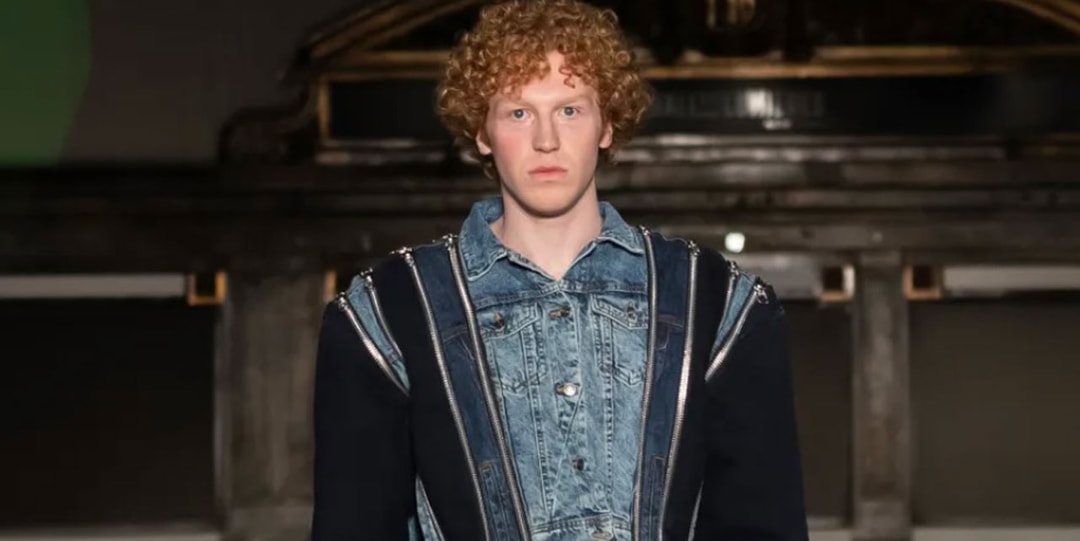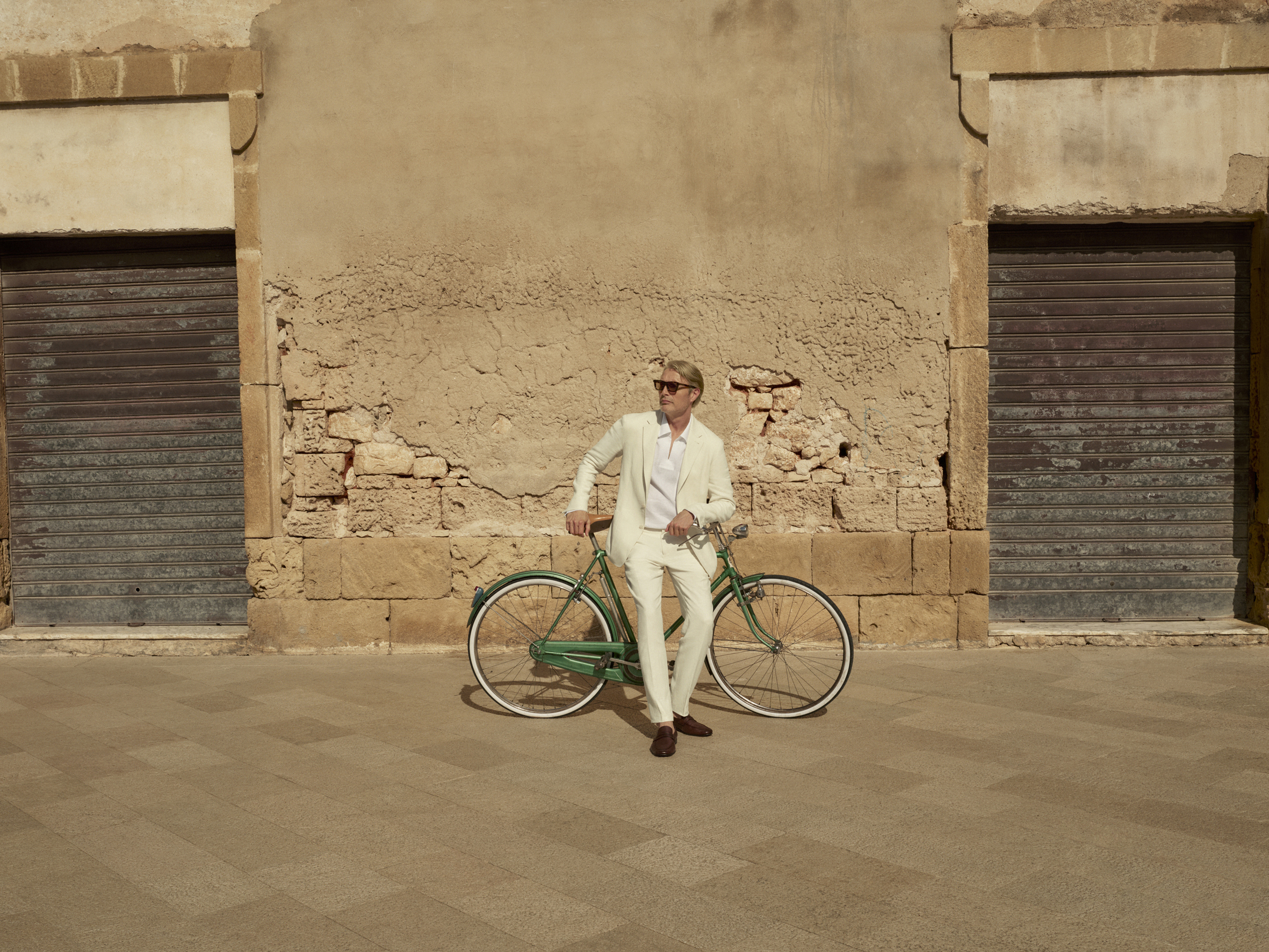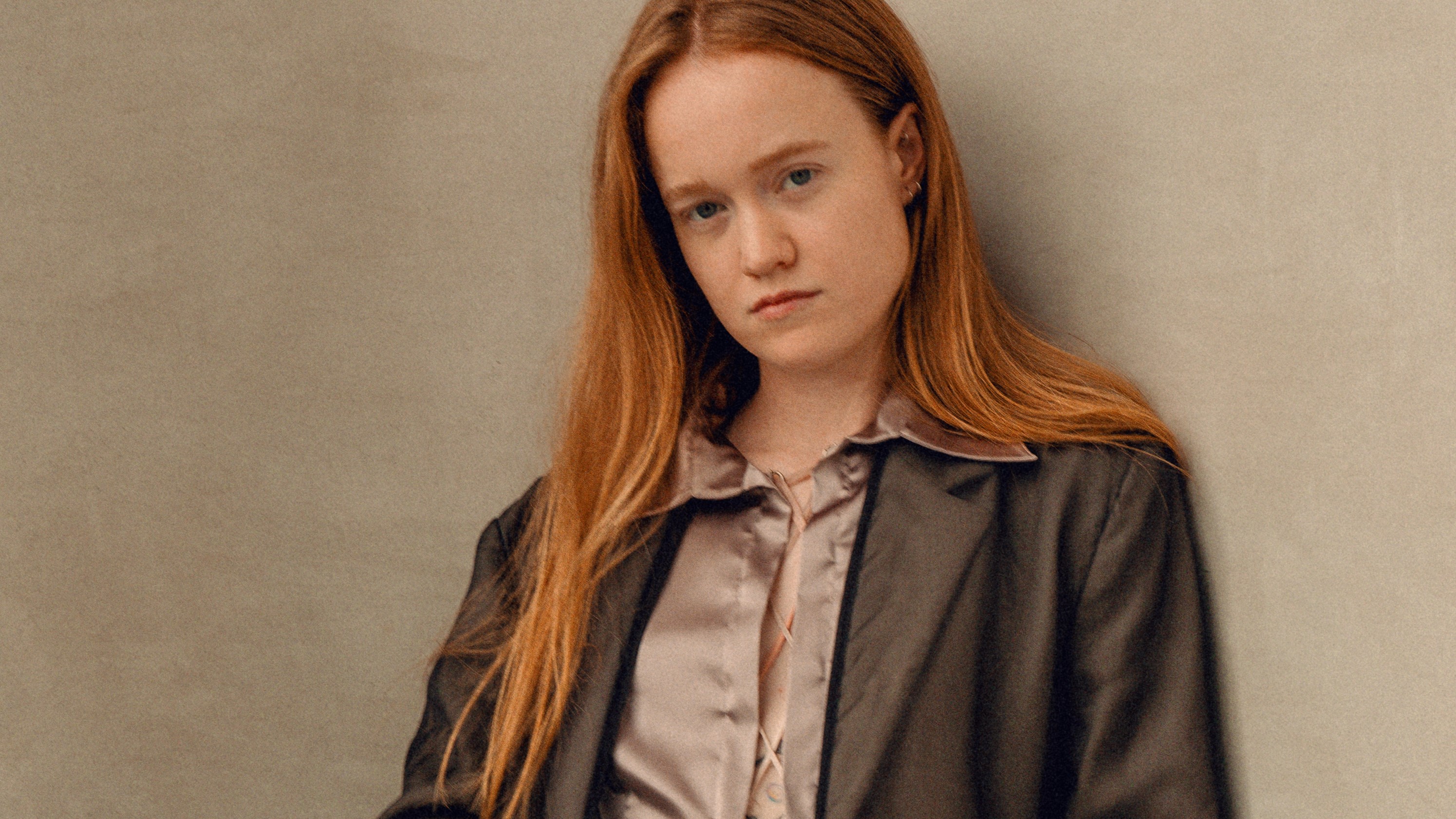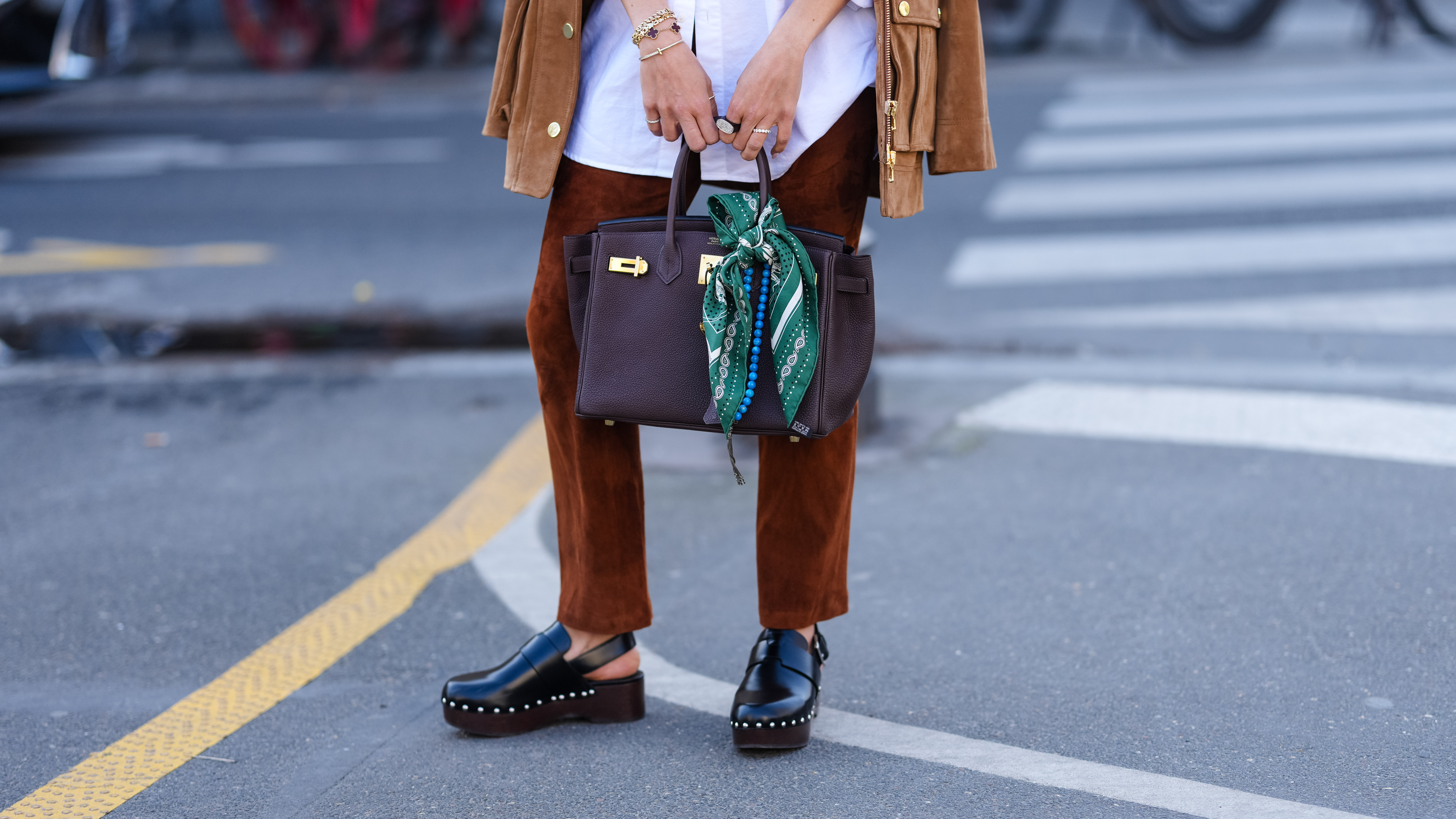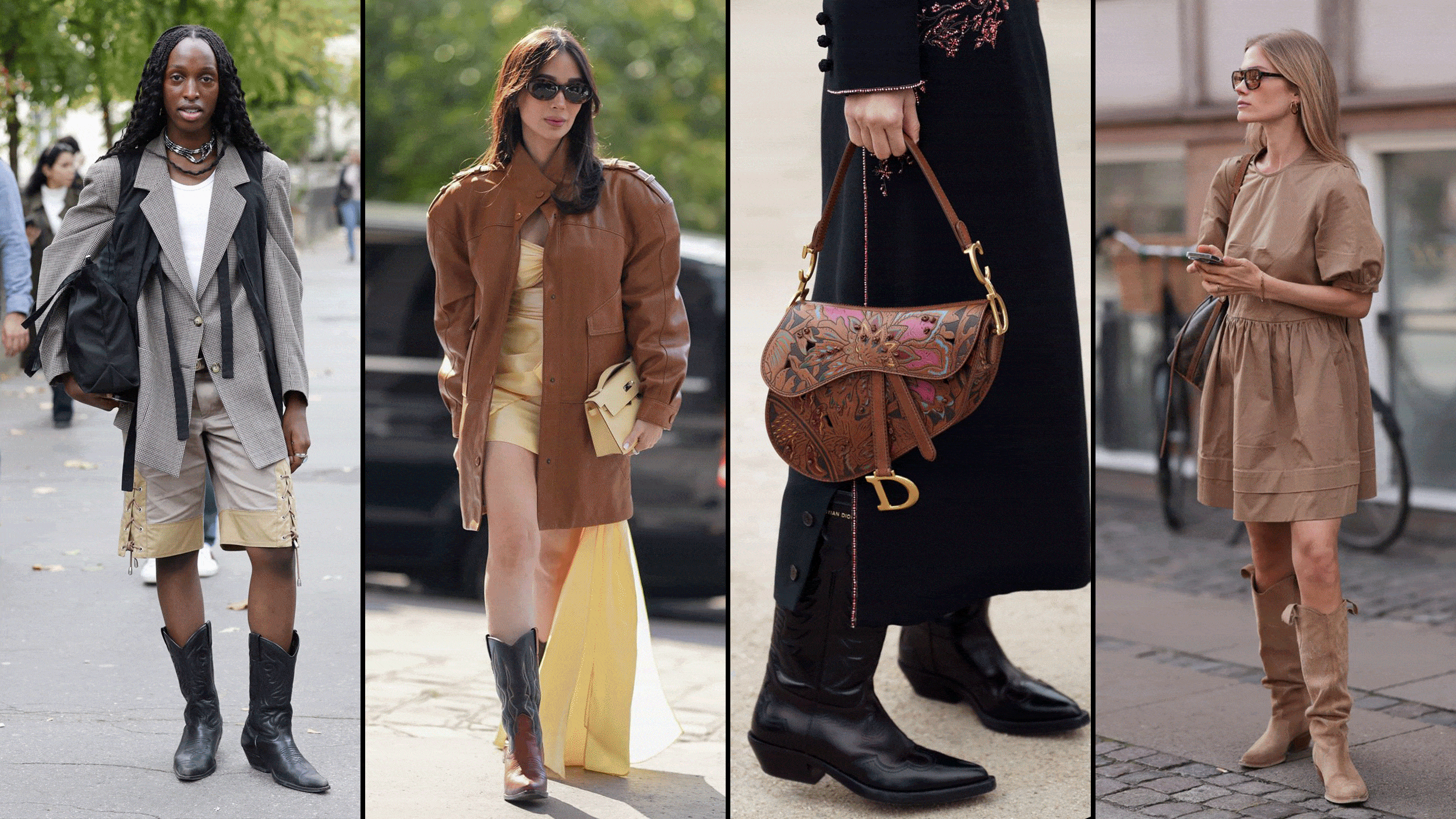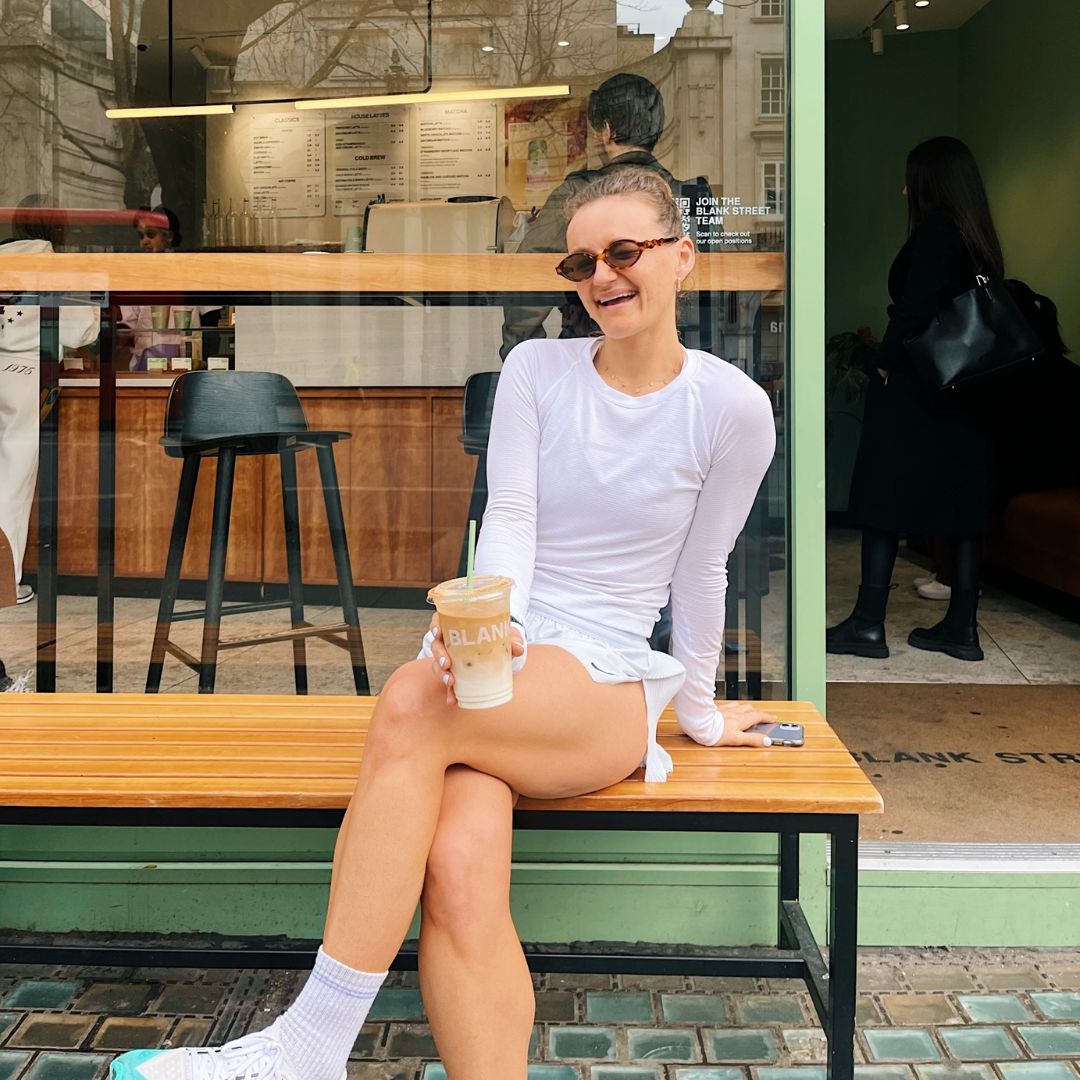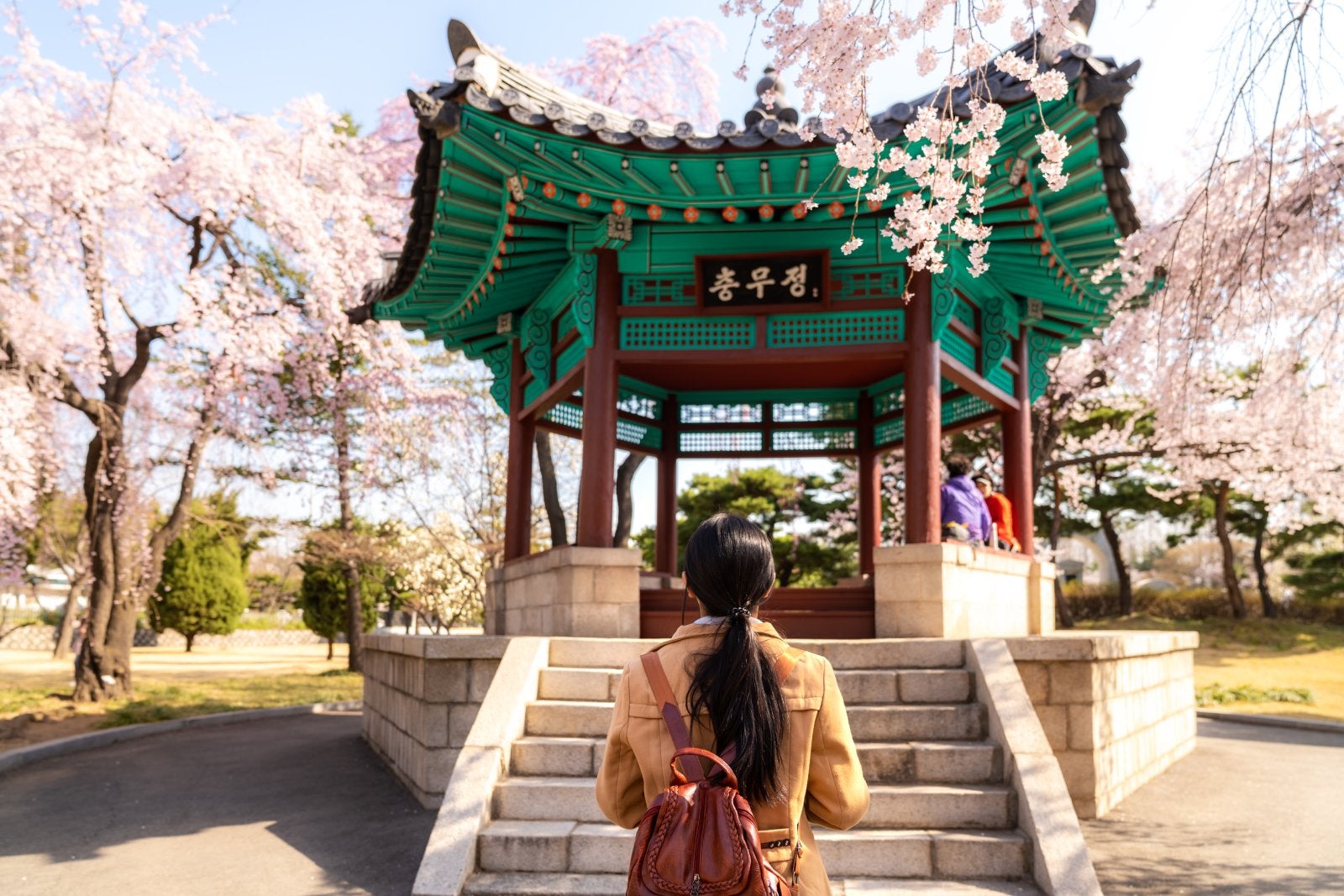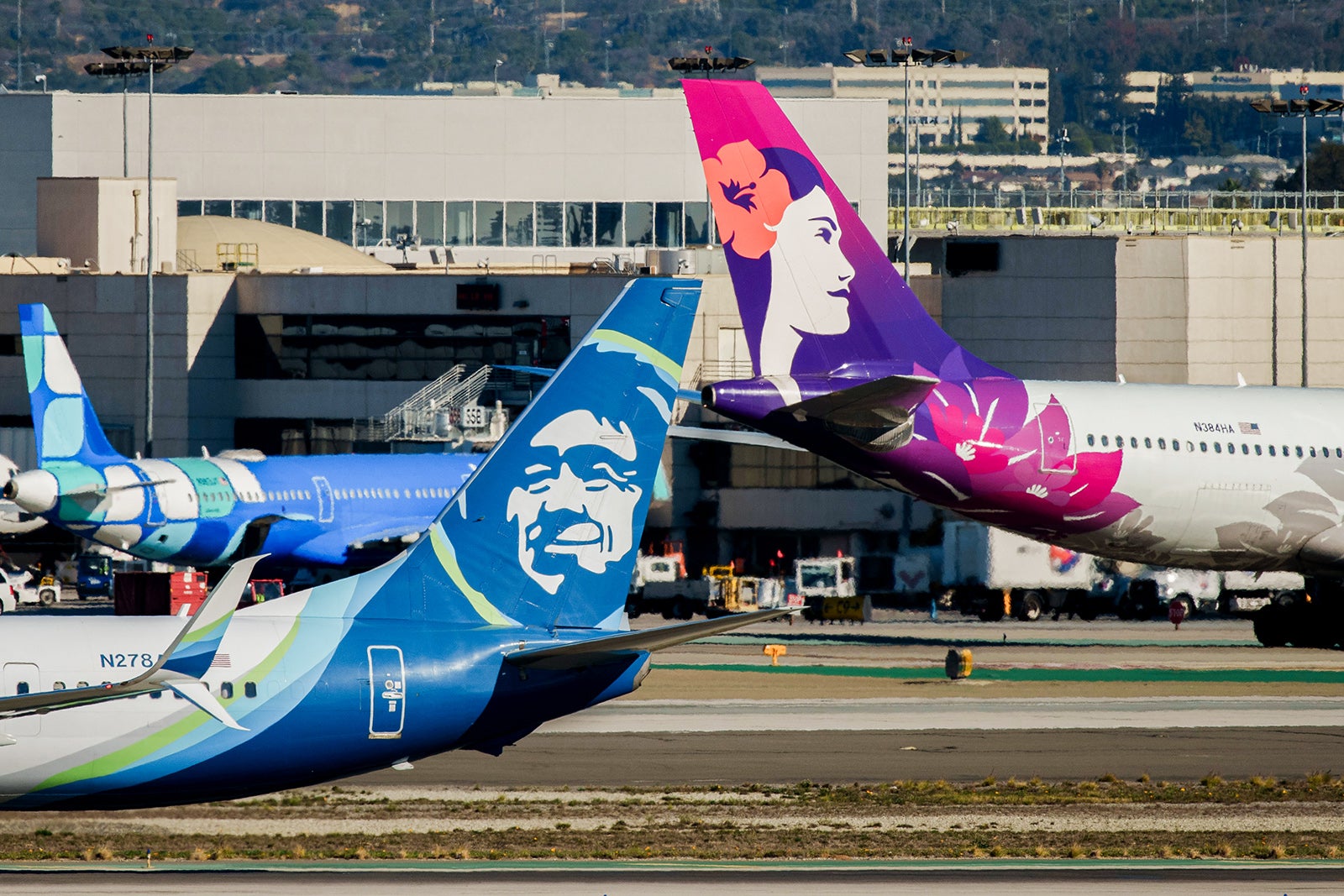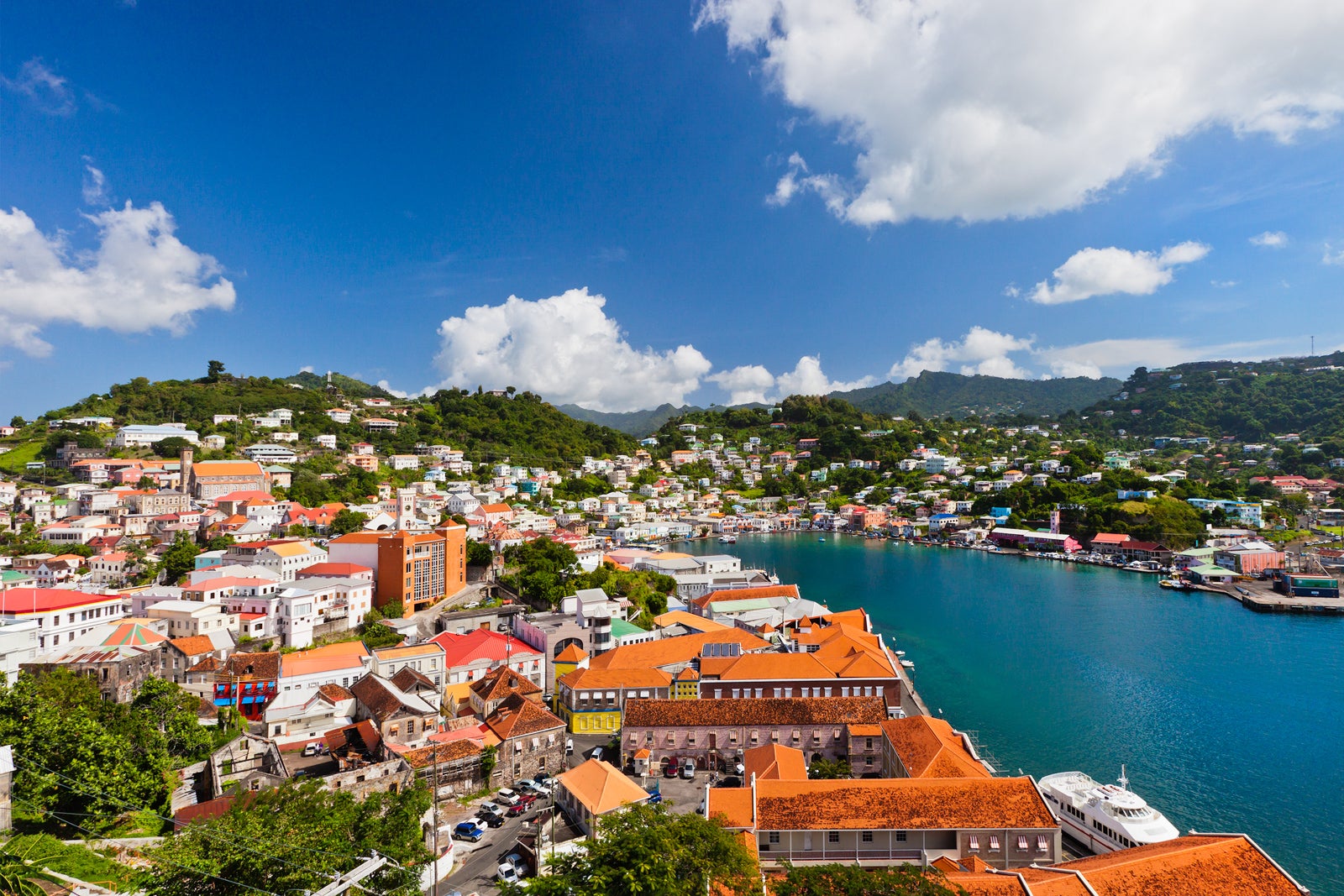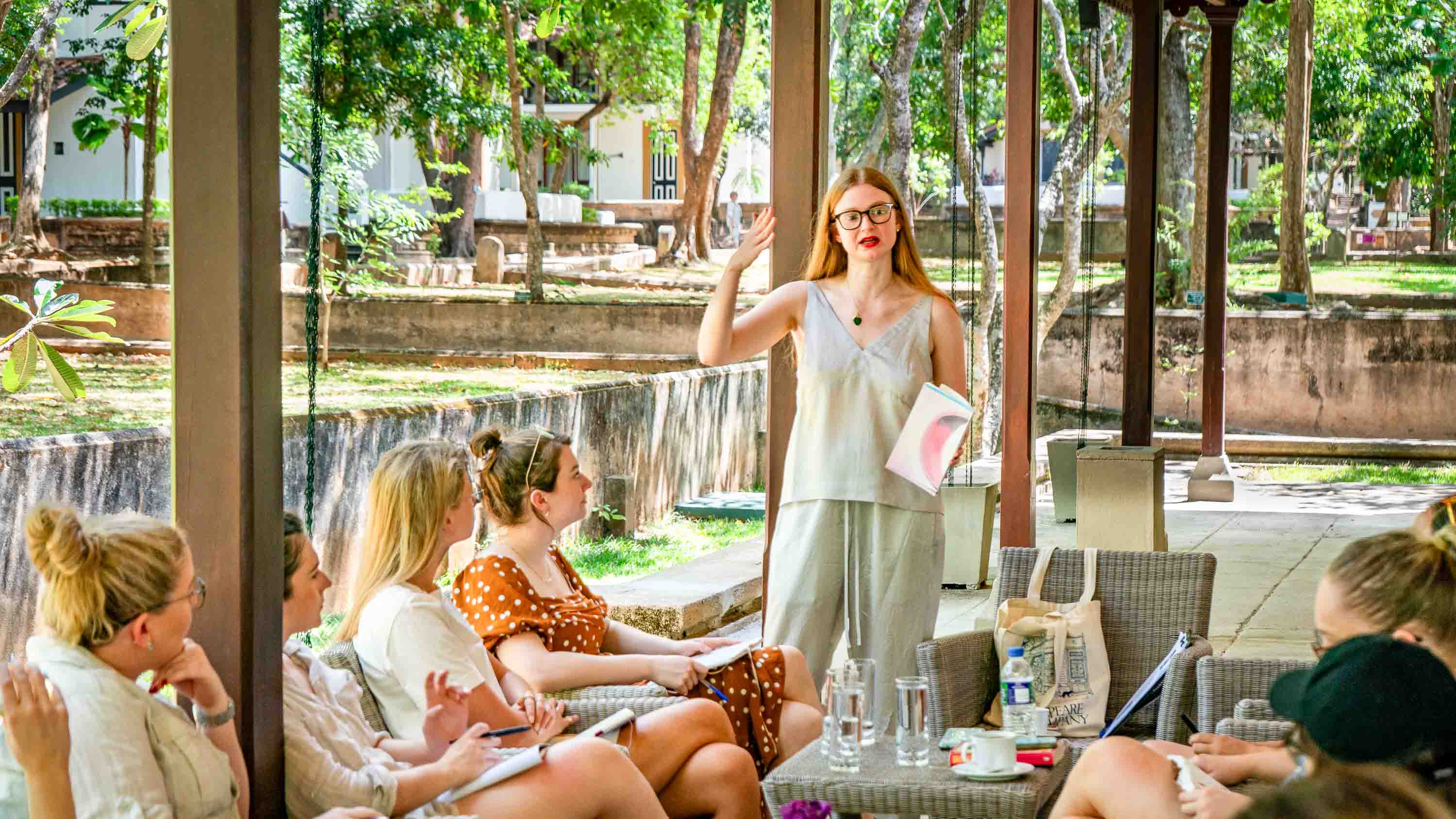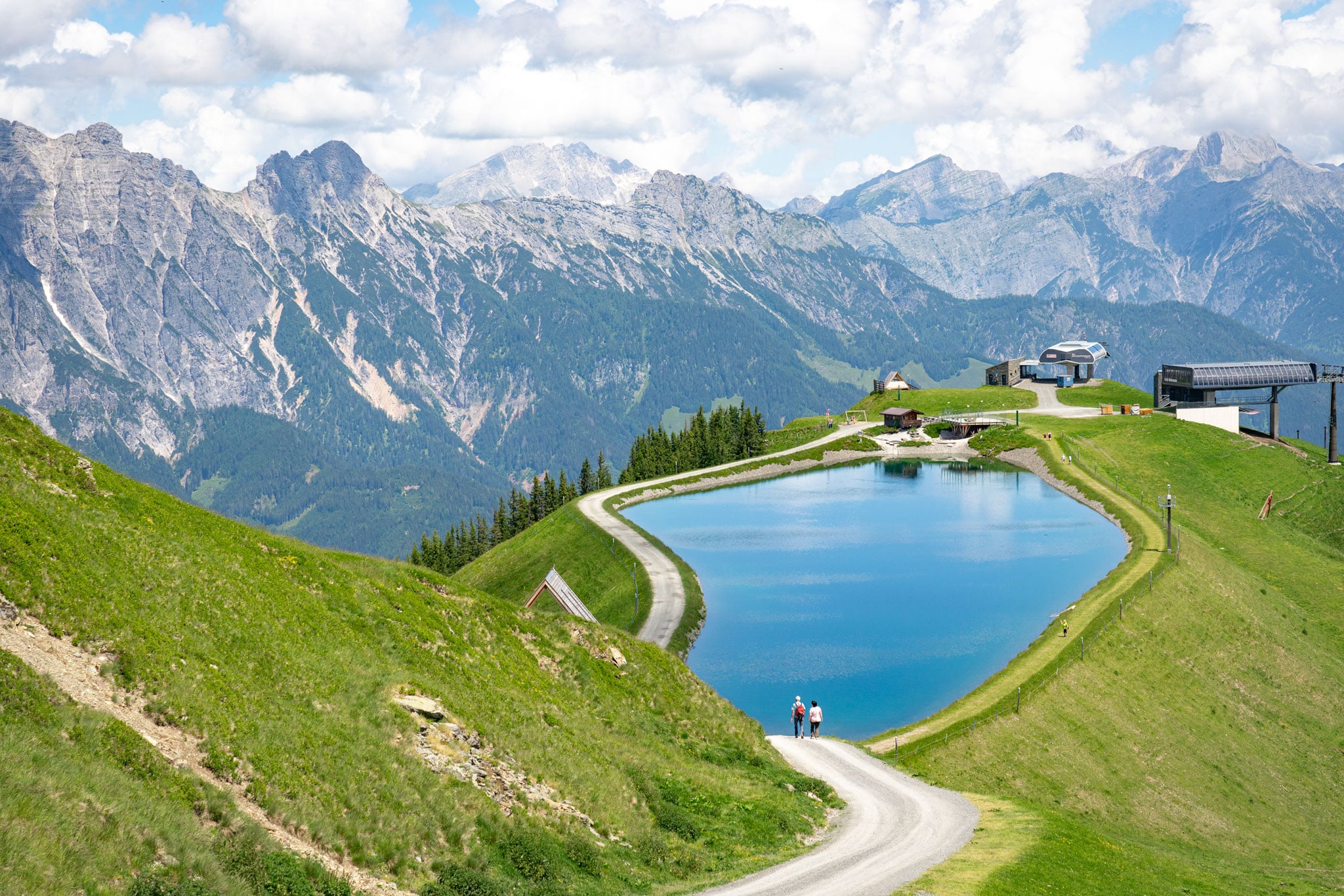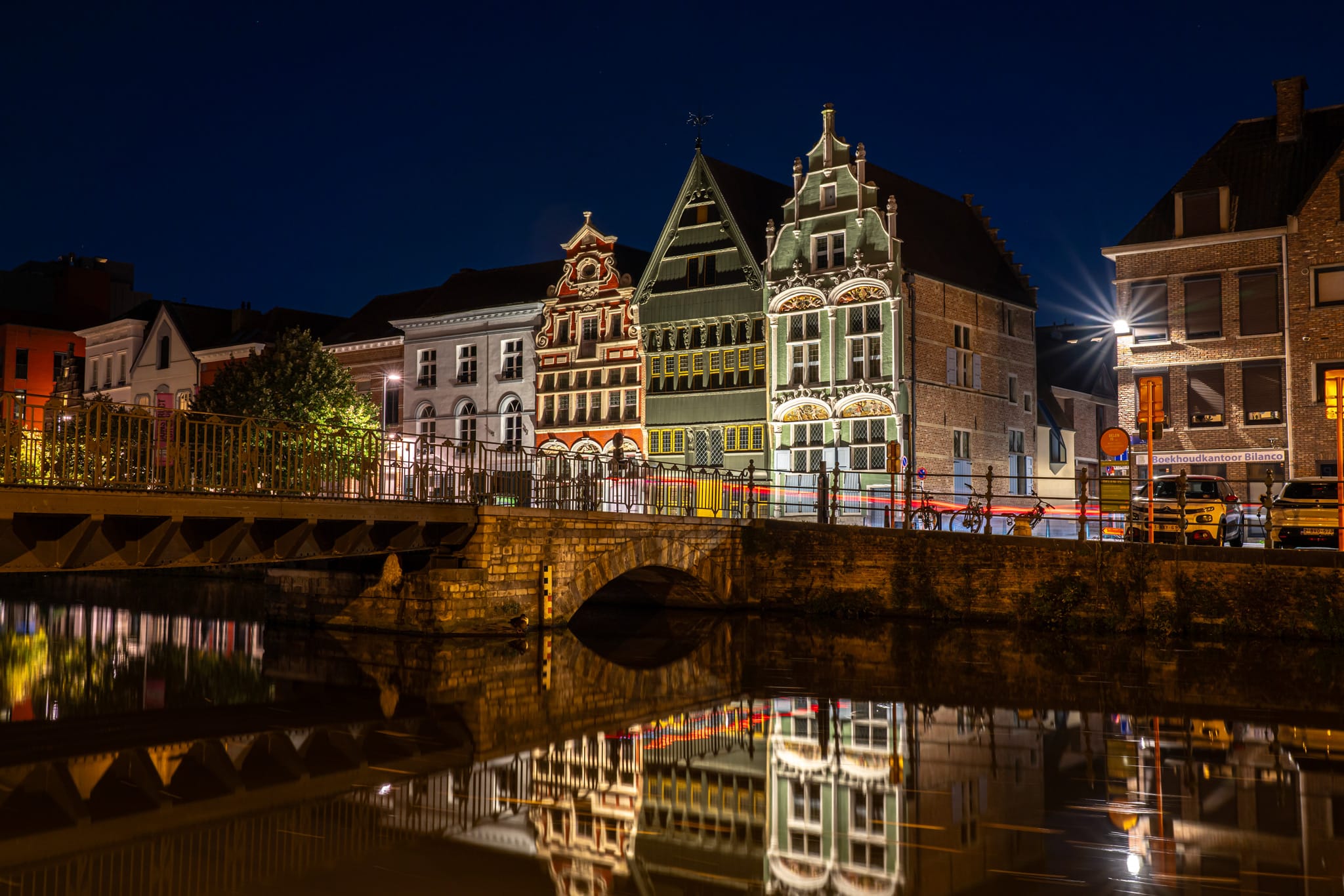Gloucester Road Underground Station Disused Platform in London, England
The Gloucester Road Underground Station has six platforms, with four near the surface and two deeper underground. The surface platforms, built with the main entrance in 1868, have the more notable history. Originally, two competing companies used them; the District Railway used platforms 1 and 2 for its services running between Earl's Court and South Kensington, while the Metropolitan Railway used platforms 3 and 4 for services between High Street Kensington and South Kensington. The underground railway lines eventually became part of the London Underground in the first half of the 20th century. Gloucester Road’s platforms continued to operate the same way until the 1970s, when the track layout was rearranged so that District Line trains heading west through Earl’s Court used platform 1, Circle Line trains used platform 2, and eastbound trains on either line used platform 3. Platform 4 was left unused, and it has remained unused for passenger service since. It stood abandoned alongside eastbound tracks for decades. Then, in 2000, the London Underground began commissioning art displays for this disused platform through a program initially called Platform for Art, now Art on the Underground. The displays have featured diverse materials and styles. The first commission was a series of animal sculptures by Kendra Haste, referencing the station’s location near the Natural History Museum. (Haste would later create the sculptures of the animals at the Tower of London.) Subsequent exhibits included photographer Cindy Sherman’s series of self-portraits; Chiho Aoshima’s City Glow, Mountain Whisper featuring pictures of mountains and buildings with cartoon-like faces; a larger-than-life, egg-themed multimedia display by Heather Phillipson, who later designed a sculpture for Trafalgar Square’s Fourth Plinth; and Monster Chetwynd’s series of giant white disk-shaped sculptures covered with animals, titled “Pond Life: Albertopolis and the Lily.” While Art on the Underground has commissioned artwork throughout the network, including its notable labyrinths, the disused platform at Gloucester Road remains one of its highlights, with varying displays that continue to dazzle, intrigue, or confuse commuters.

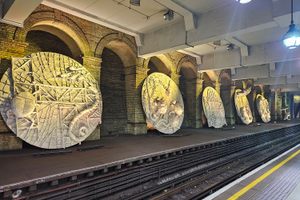
The Gloucester Road Underground Station has six platforms, with four near the surface and two deeper underground. The surface platforms, built with the main entrance in 1868, have the more notable history. Originally, two competing companies used them; the District Railway used platforms 1 and 2 for its services running between Earl's Court and South Kensington, while the Metropolitan Railway used platforms 3 and 4 for services between High Street Kensington and South Kensington.
The underground railway lines eventually became part of the London Underground in the first half of the 20th century. Gloucester Road’s platforms continued to operate the same way until the 1970s, when the track layout was rearranged so that District Line trains heading west through Earl’s Court used platform 1, Circle Line trains used platform 2, and eastbound trains on either line used platform 3.
Platform 4 was left unused, and it has remained unused for passenger service since. It stood abandoned alongside eastbound tracks for decades. Then, in 2000, the London Underground began commissioning art displays for this disused platform through a program initially called Platform for Art, now Art on the Underground.
The displays have featured diverse materials and styles. The first commission was a series of animal sculptures by Kendra Haste, referencing the station’s location near the Natural History Museum. (Haste would later create the sculptures of the animals at the Tower of London.) Subsequent exhibits included photographer Cindy Sherman’s series of self-portraits; Chiho Aoshima’s City Glow, Mountain Whisper featuring pictures of mountains and buildings with cartoon-like faces; a larger-than-life, egg-themed multimedia display by Heather Phillipson, who later designed a sculpture for Trafalgar Square’s Fourth Plinth; and Monster Chetwynd’s series of giant white disk-shaped sculptures covered with animals, titled “Pond Life: Albertopolis and the Lily.”
While Art on the Underground has commissioned artwork throughout the network, including its notable labyrinths, the disused platform at Gloucester Road remains one of its highlights, with varying displays that continue to dazzle, intrigue, or confuse commuters.




































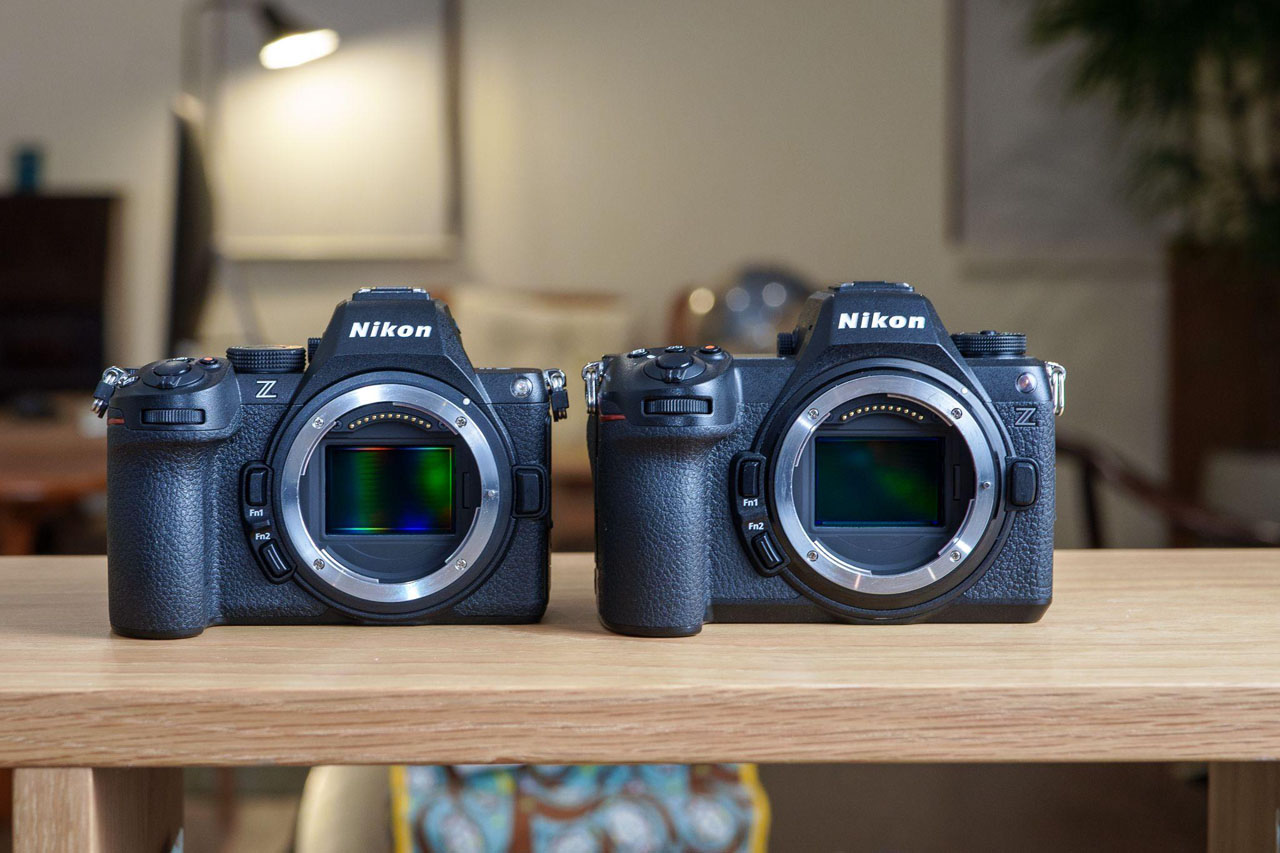
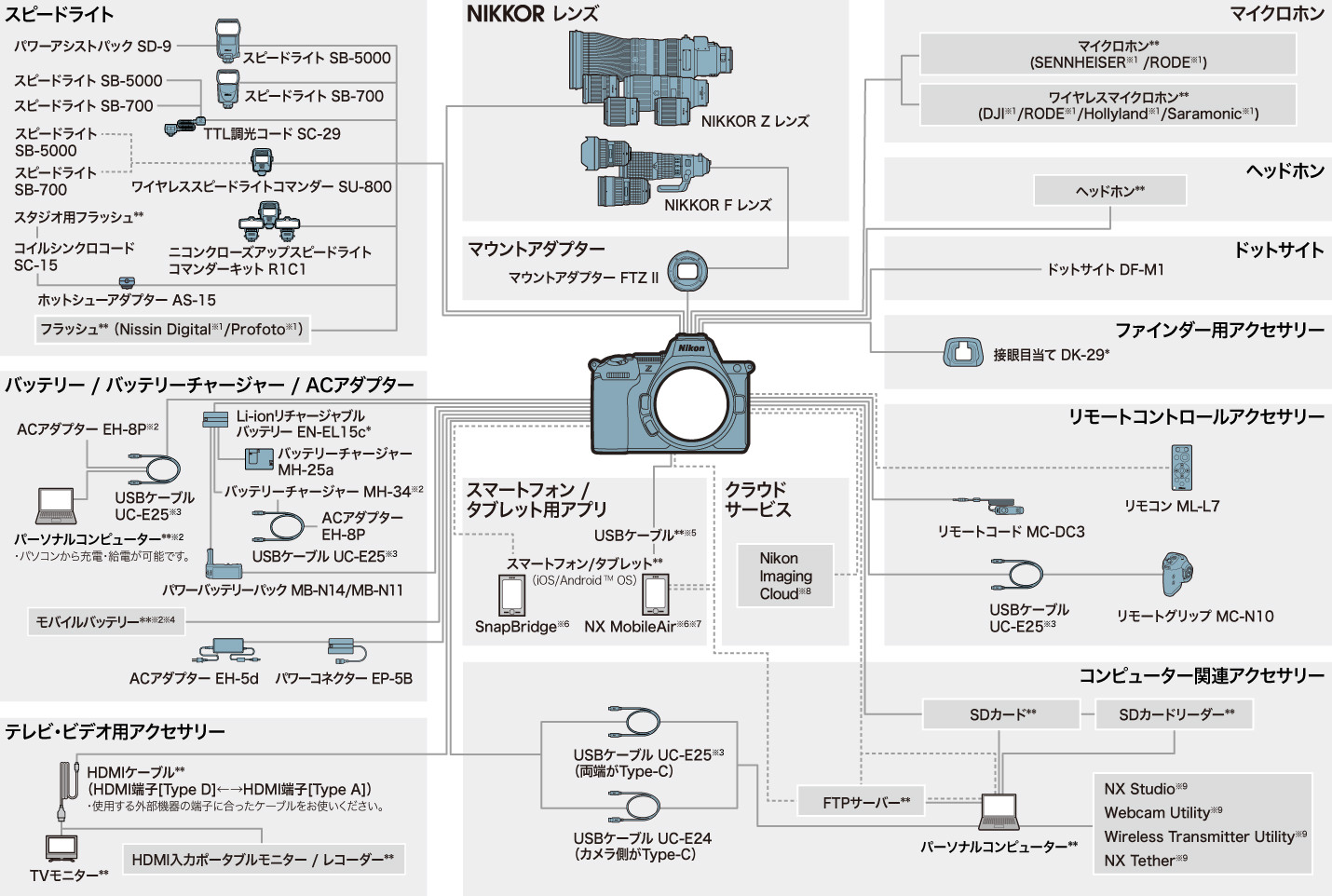






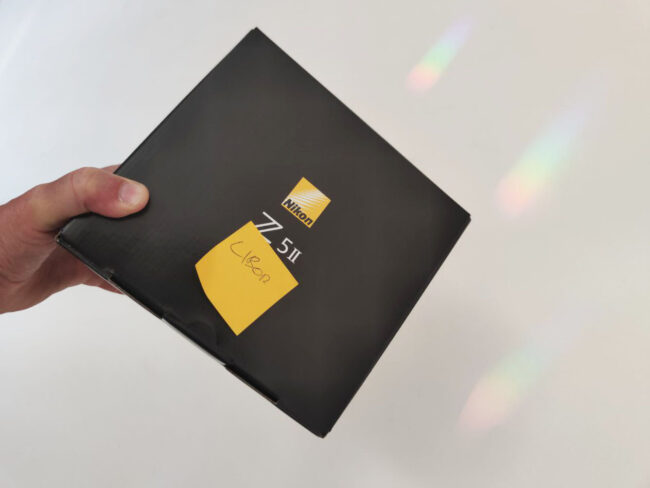
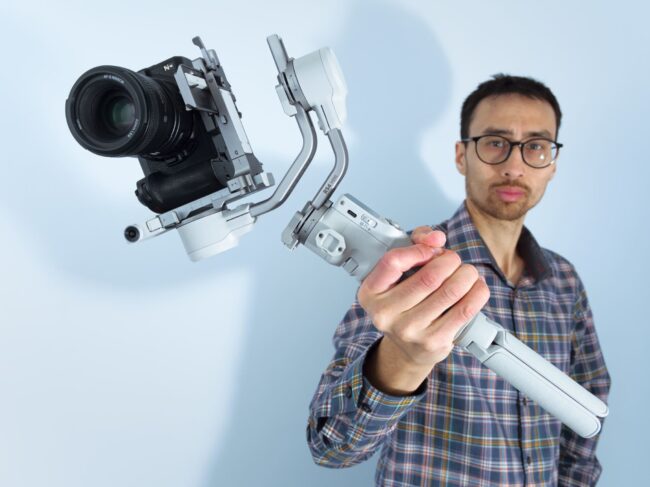
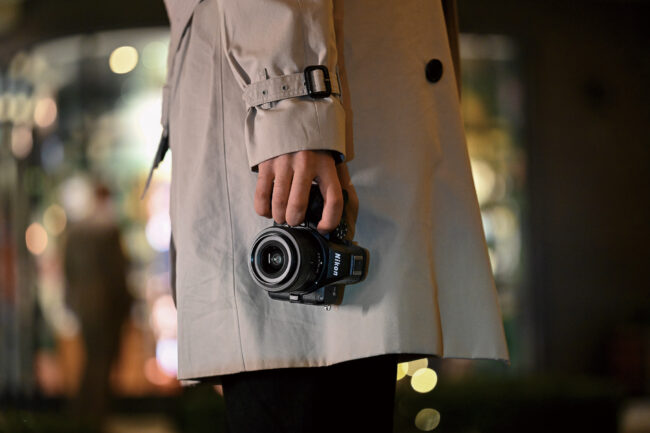



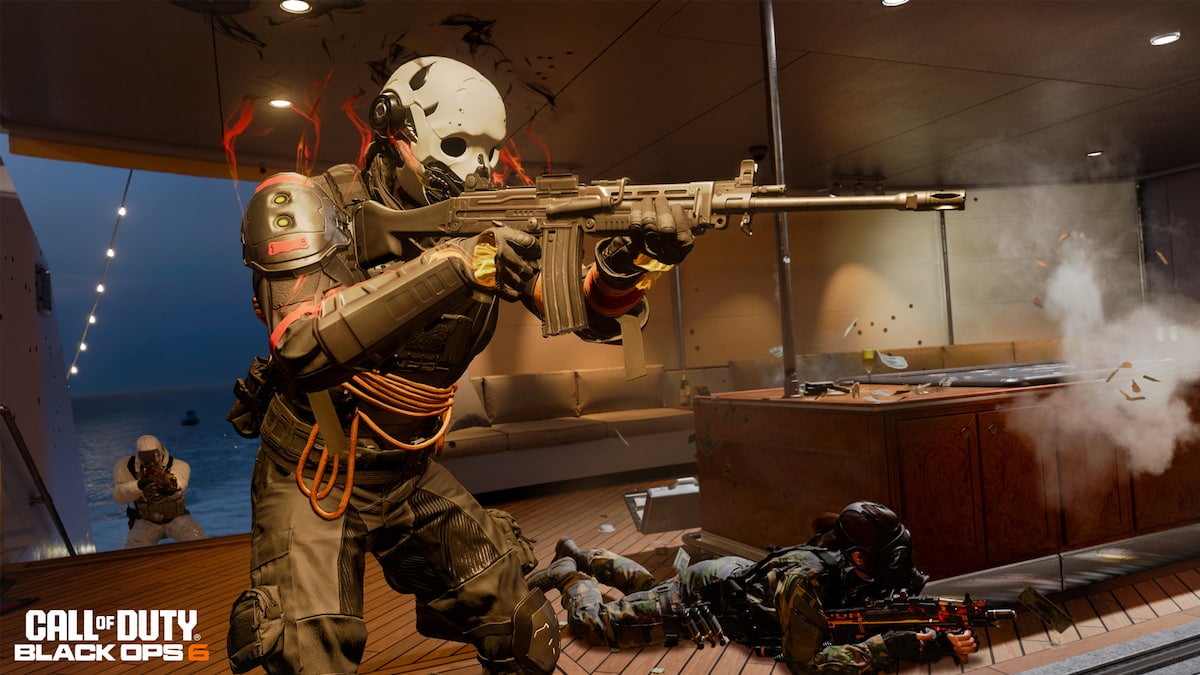
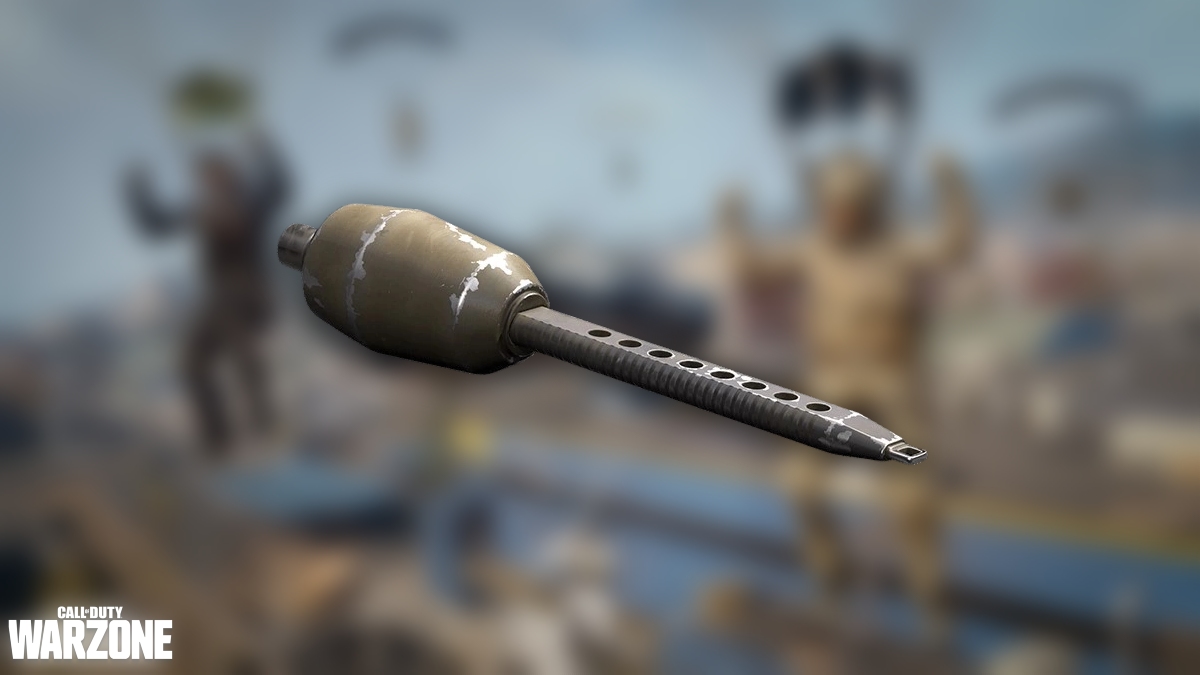
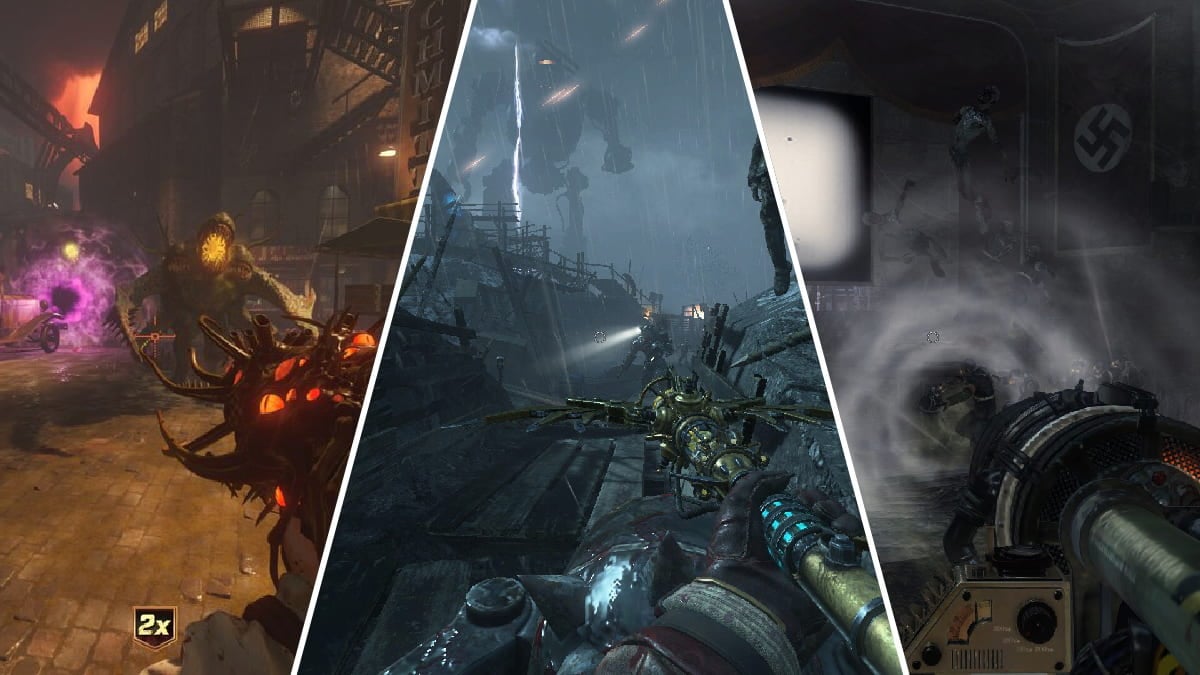
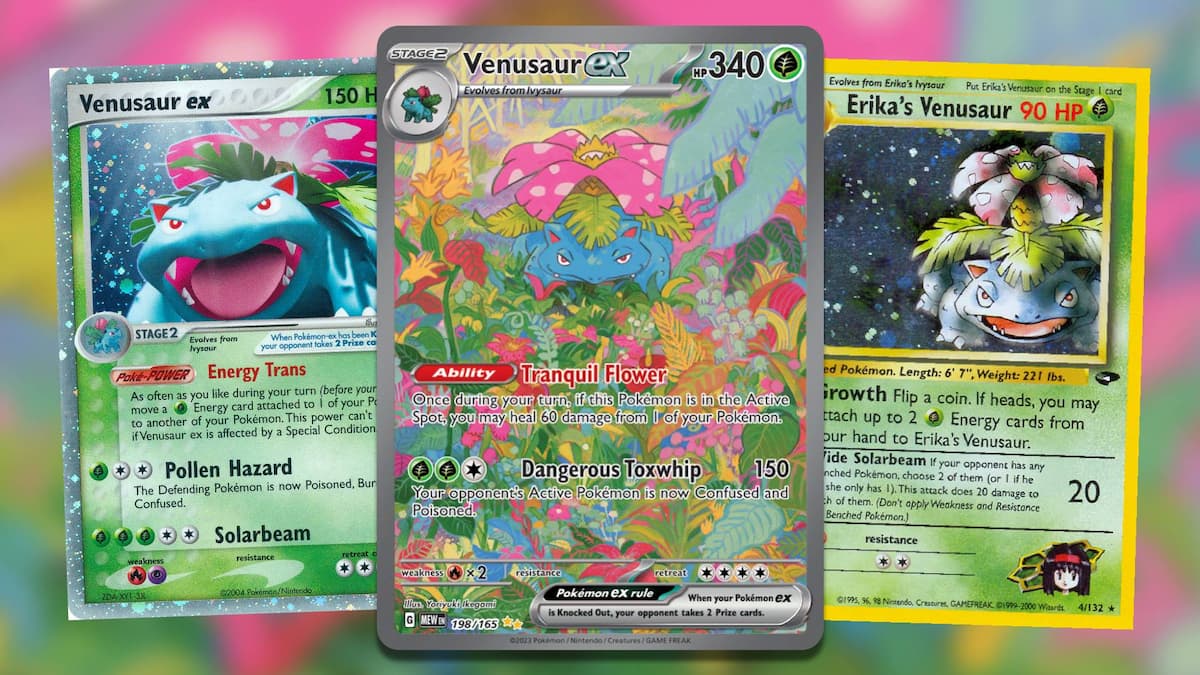
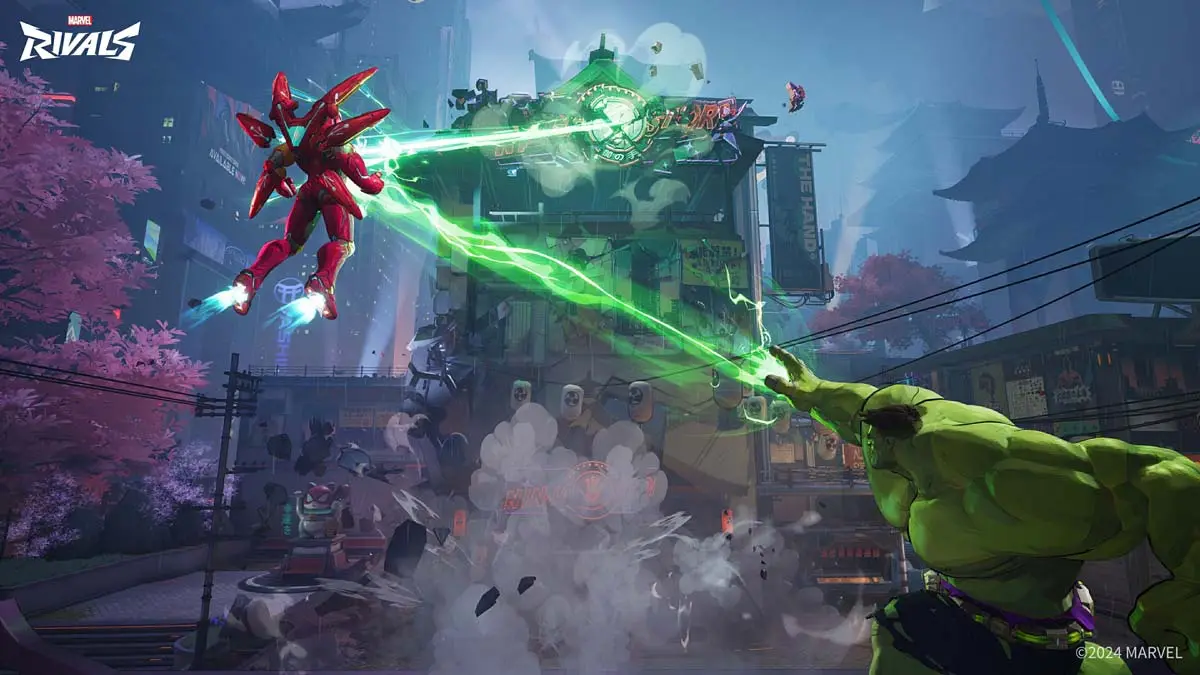

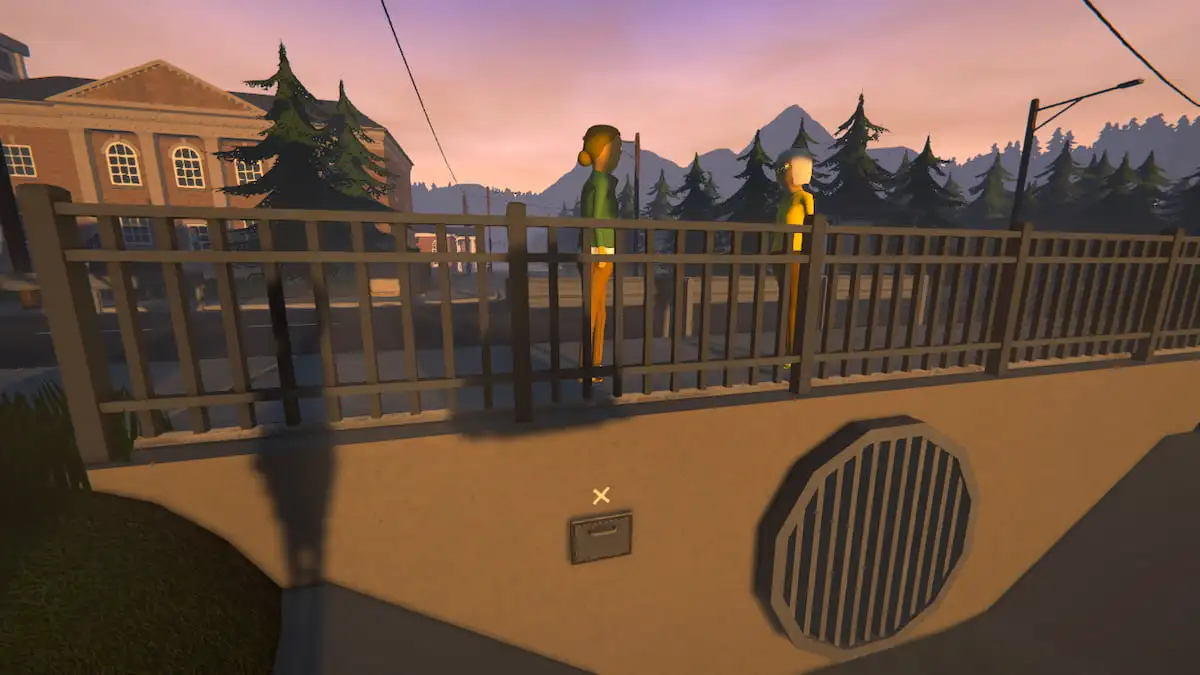

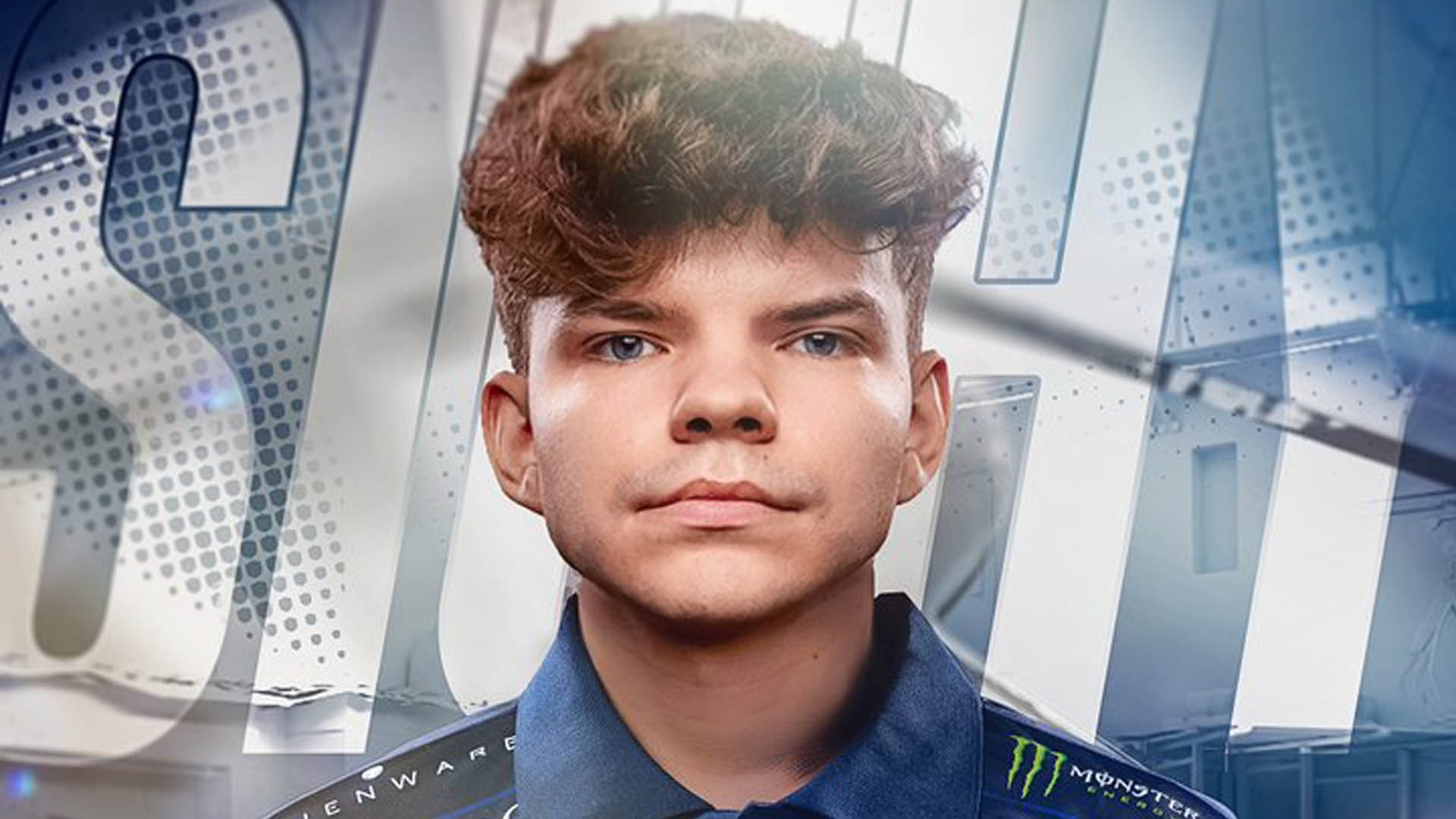
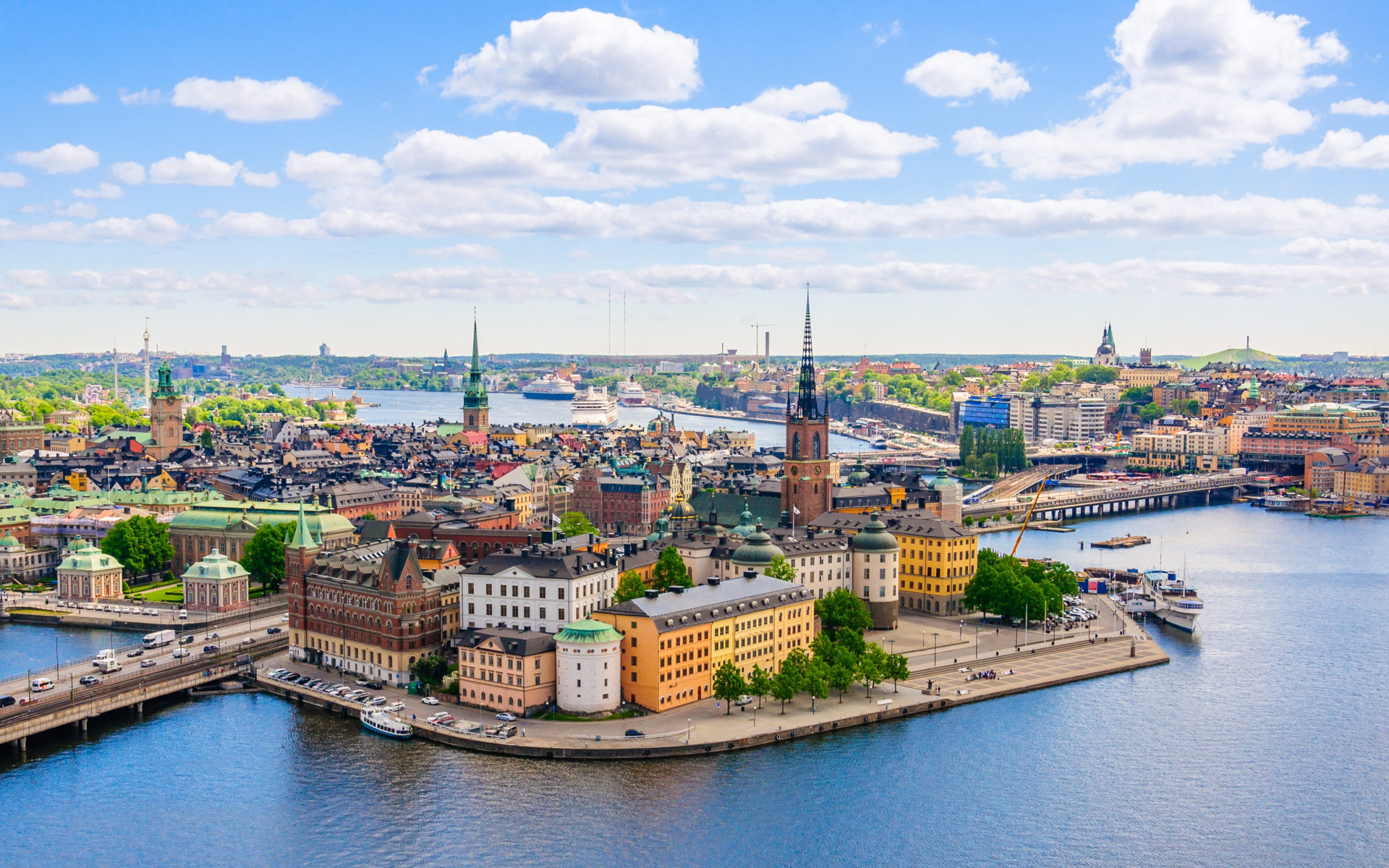
































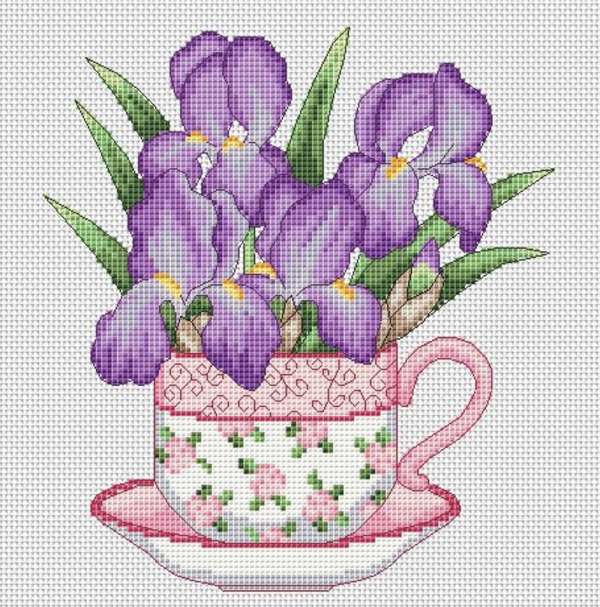



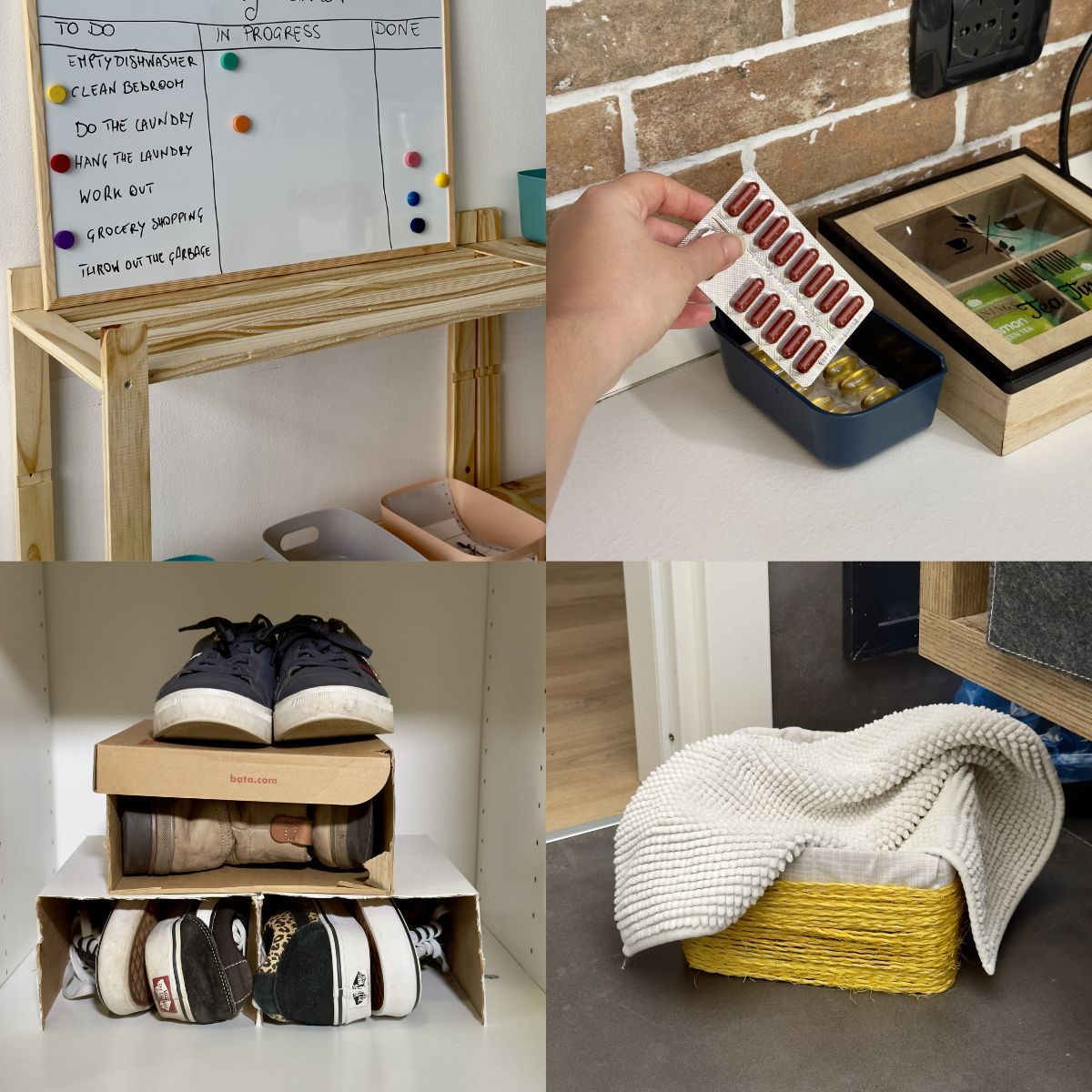
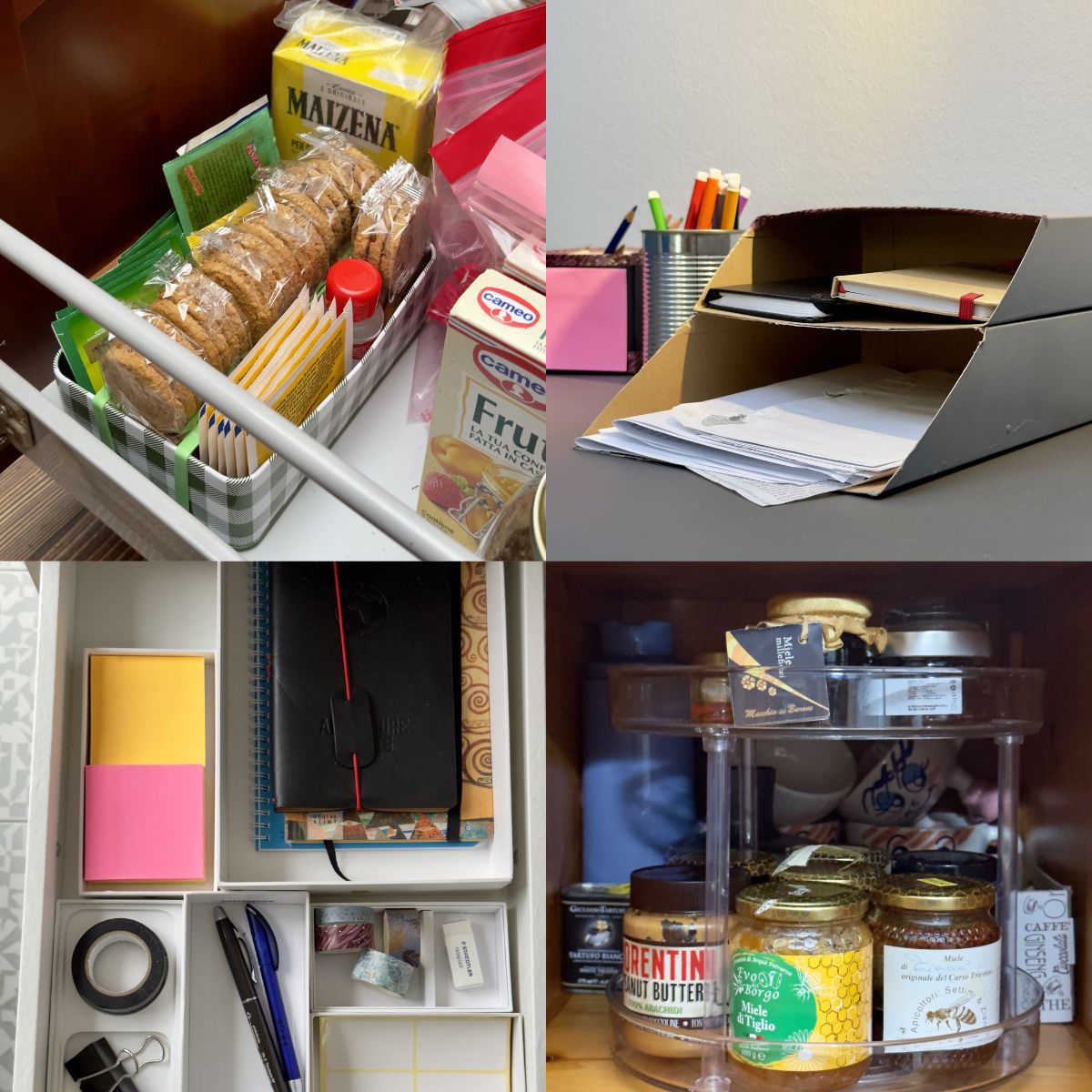
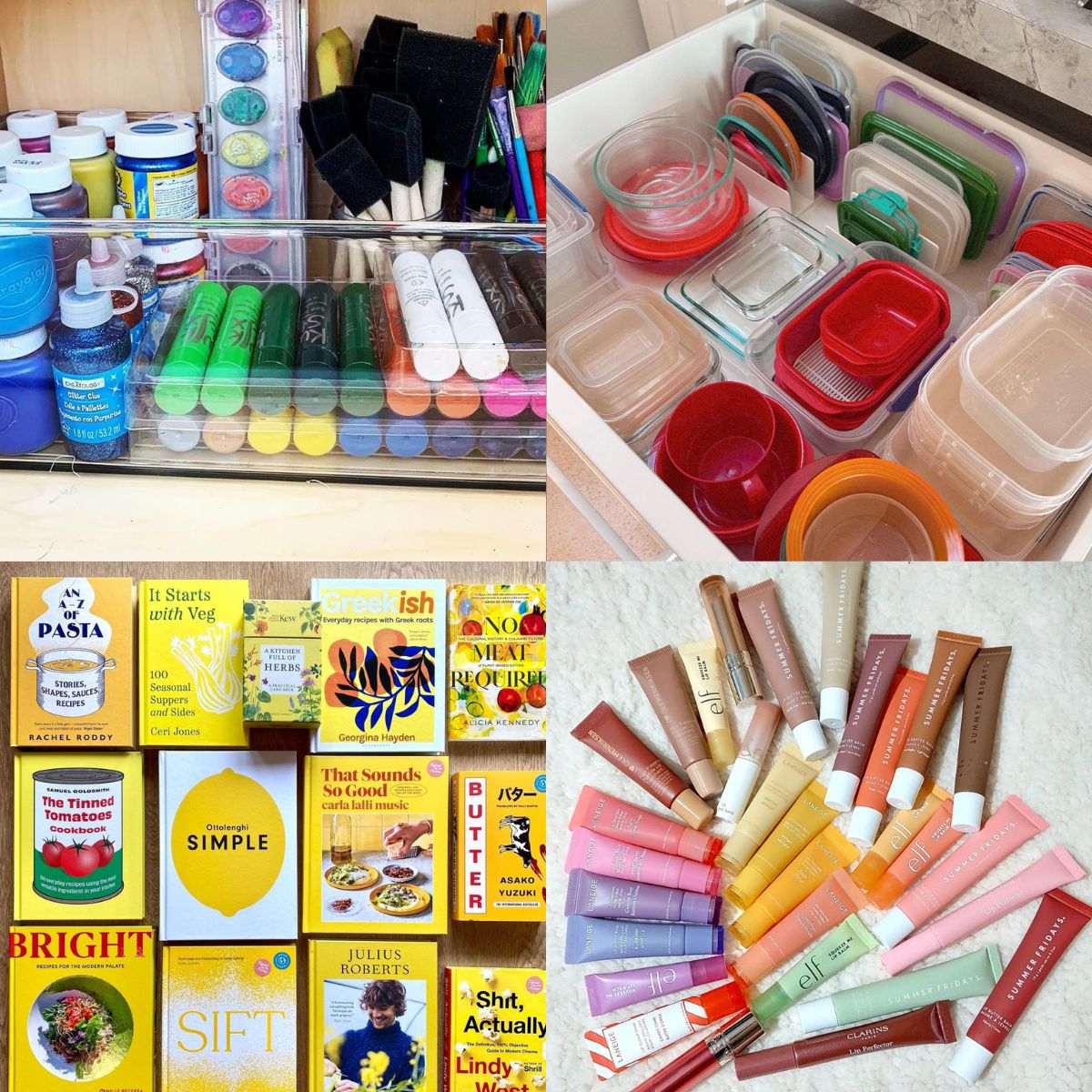










































































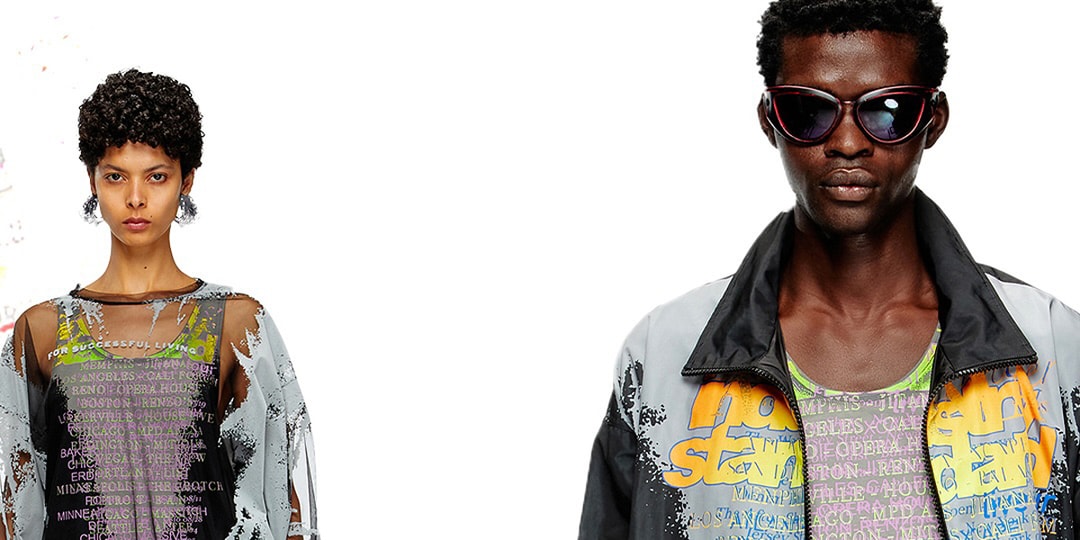



.jpg)










